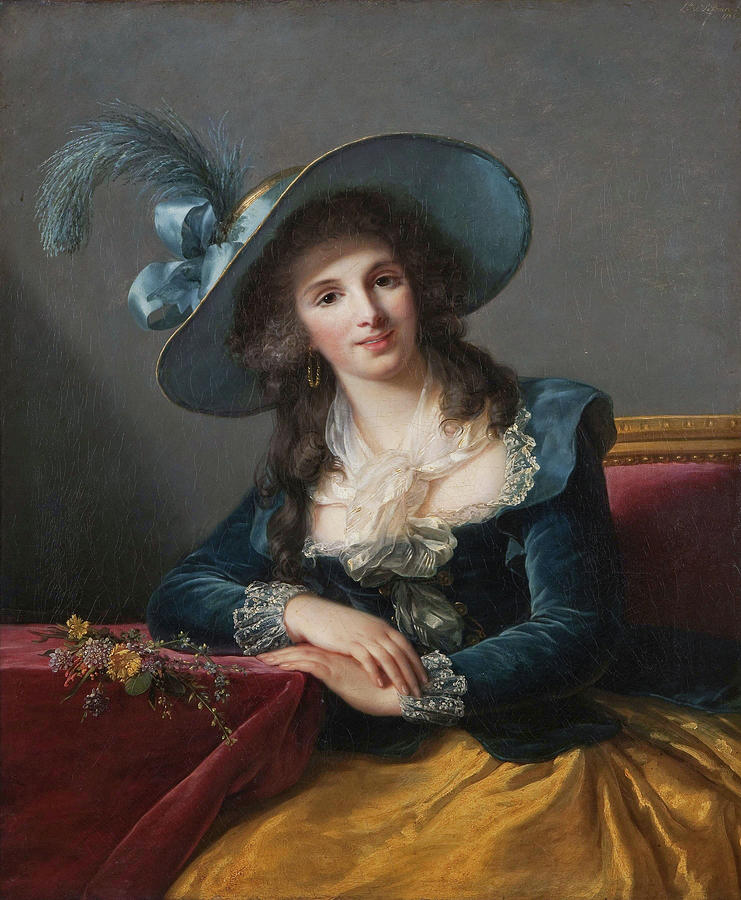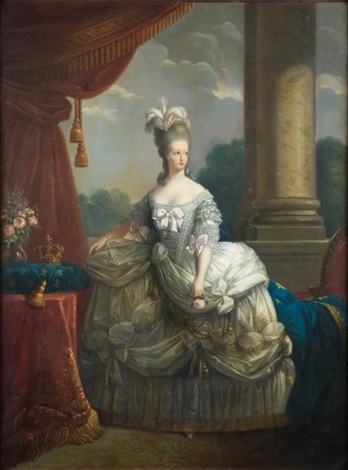

Vigée-Le Brun remembered her father very fondly as a jovial and warm man. She had been "born with a passion to paint."

She later recalled developing a fascination with drawing from these early years.

Elisabeth was sent to a convent to study at the age of six, where she remained until she was eleven. Her mother Jeanne Maissin Vigée was a beautiful, austere woman known for her piety. Her father Louis Vigée was a pastel and oil painter who produced landscapes and portraits. 1834).Įlisabeth Louise Vigée was born on April 16, 1755, in Paris. Over 660 portraits and other paintings, some of the most famous of which are Madame Vigée-Le Brun and Her Daughter, Mother Love, The Girl With the Muff, Venus Tying the Wings of Love, several self-portraits, portraits of Marie Antoinette and the Royal Family, and portraits of members of the French and European aristocracy during the late 18th and early 19th centuries. Petersburg Academy (1795) traveled to London (1802–05) returned to Paris (1805). Left convent school (1767) death of father (1768) elected to the Royal Academy of Painting (1783) fled France during French Revolution and traveled throughout Europe (1789–1801) elected to the Academy and Institute of Bologna (1789) elected to the St. Born Marie Anne Élisabeth Louise Vigée on April 16, 1755, in Paris, France died in 1842 in Paris daughter of Louis Vigée and Jeanne (Maissin) Vigée had little formal education attended convent school until age 11, then self-taught married Jean Baptiste Pierre Le Brun, in 1776 children: Jeanne Lucie Louise Le Brun Nigris (1780–1819). Name variations: Elisabeth Vigee Elisabeth Vigee LeBrun Mme Le Brun, le Brun, or Lebrun. Celebrated French painter during the late 18th and early 19th centuries who is best known for her portraits of Marie Antoinette and other members of the French court and aristocracy prior to the French Revolution.


 0 kommentar(er)
0 kommentar(er)
